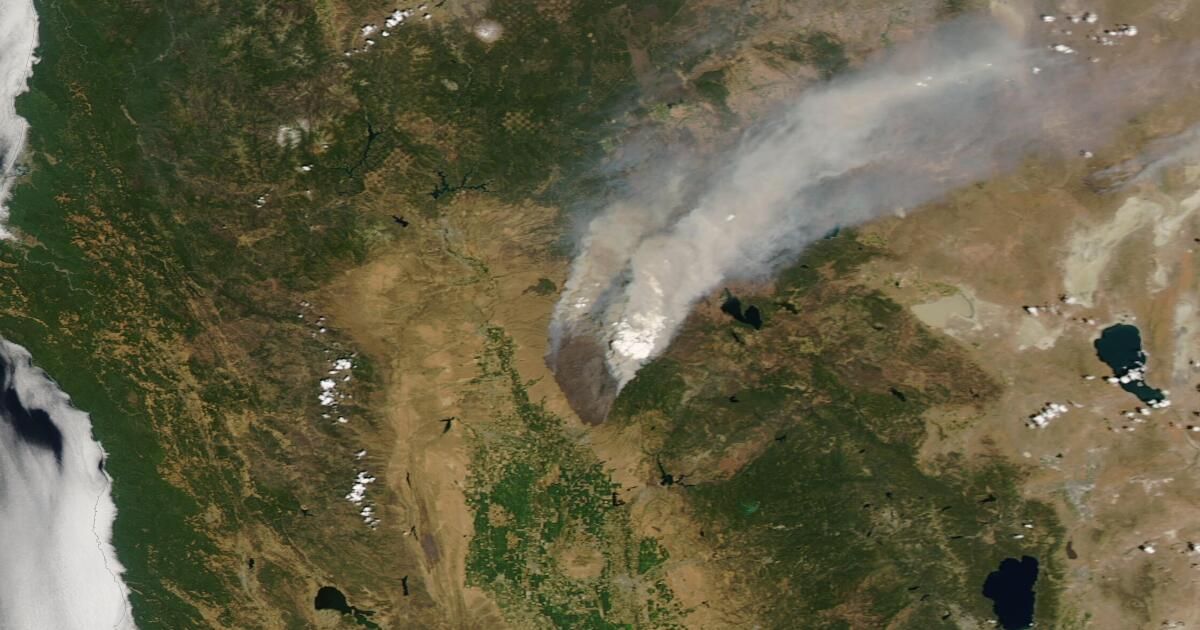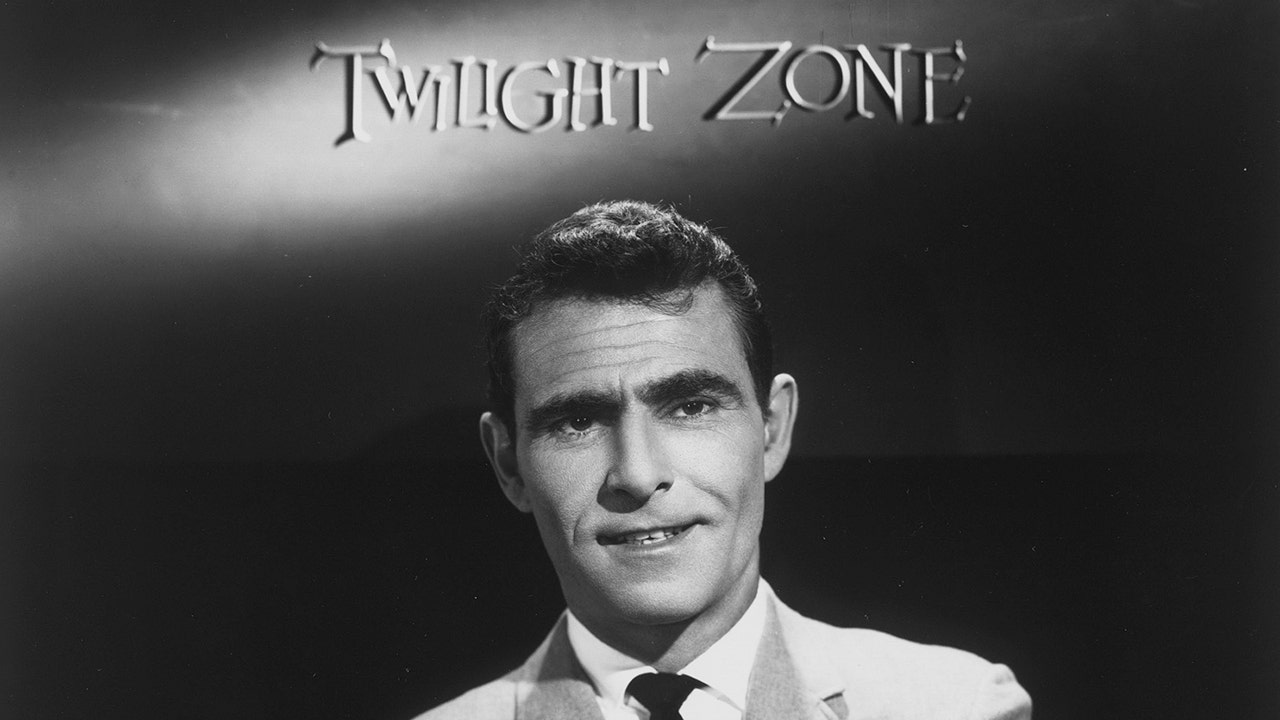The Park Fire, California's largest and most destructive fire of 2024, continues to rage across Northern California, having already burned 414,000 acres in four counties and destroyed hundreds of structures.
The fire has been burning for nearly two weeks. Authorities say it started when a man pushed a burning car into a ravine.
New photographs taken from space offer a glimpse of the devastation it has caused.
The satellite photo below, from Maxar Technologies, shows homes on Richardson Springs Road in Chico. On the left, the neighborhood can be seen on July 21, before the fire.
On the right, the same neighborhood is seen five days later. Several houses have been destroyed and the landscape is charred and smoking.
Authorities warn that hot, dry weather conditions and land that has not burned recently could keep the fire burning for months.
As of Tuesday, the blaze was 34% contained. More than 6,500 personnel had been assigned to fight it, according to the California Department of Forestry and Fire Prevention.
The following NASA image gives an idea of the magnitude of the fire.
On the left is a view from space of Northern California on July 19, 2024, near the cities of Redding and Chico.
To the right, the same area is seen on August 5. Smoke from the fire can be seen rising toward the east side of the massive charred area.
The Park Fire is burning about 12 miles from Paradise, the site of the deadliest wildfire in California history; 86 people perished in the 2018 Camp Fire.
Some families moved from Paradise after the Camp Fire, only to be displaced again by the Park Fire, raising questions about the safety of mountain towns in Northern California.
Below you can see a third satellite view of the raging fire.
Intense plumes of pyrocumulonimbus clouds are rising from the devastating Park Fire in Northern California. (CSU/CIRA and NOAA)
The video above, from the National Oceanic and Atmospheric Administration, shows the path of the fire over time.
In addition to displacing people, the Park Fire, already the fourth-largest in state history, threatens the fragile Chinook salmon population, which was already federally endangered.
“This fire coming into the upper basin, where we have sensitive breeding and rearing habitat, is concerning,” said Matt Johnson, a senior environmental scientist with the California Department of Fish and Wildlife.
“We are all quite anxious about the result.”












